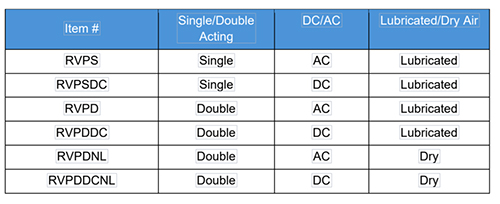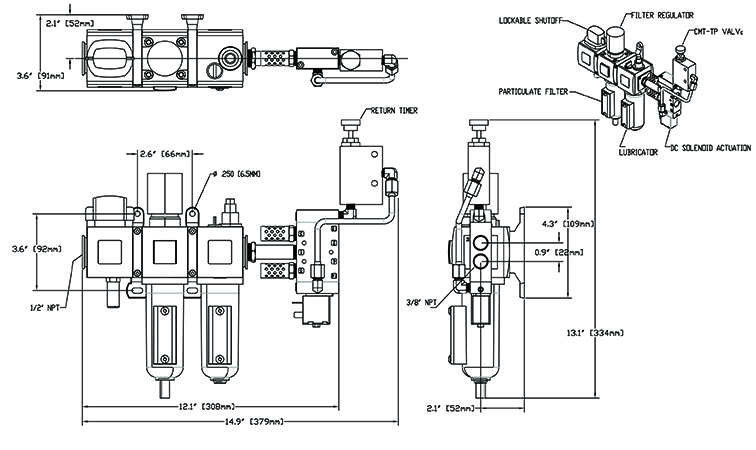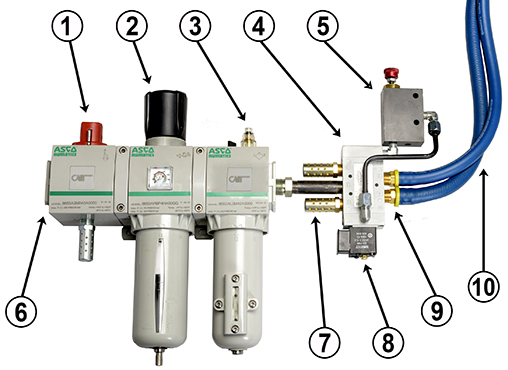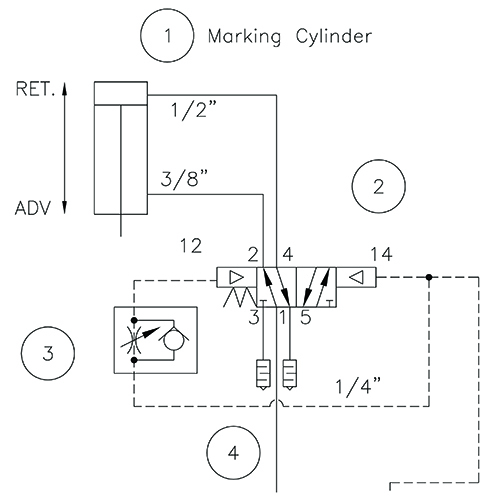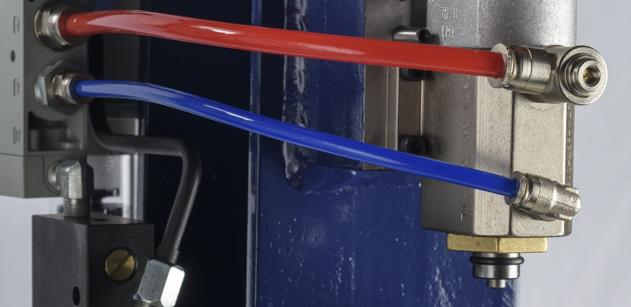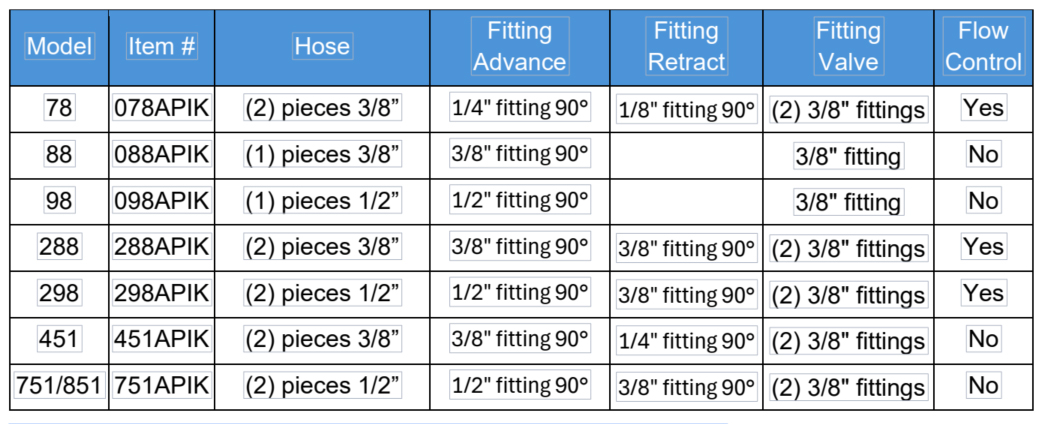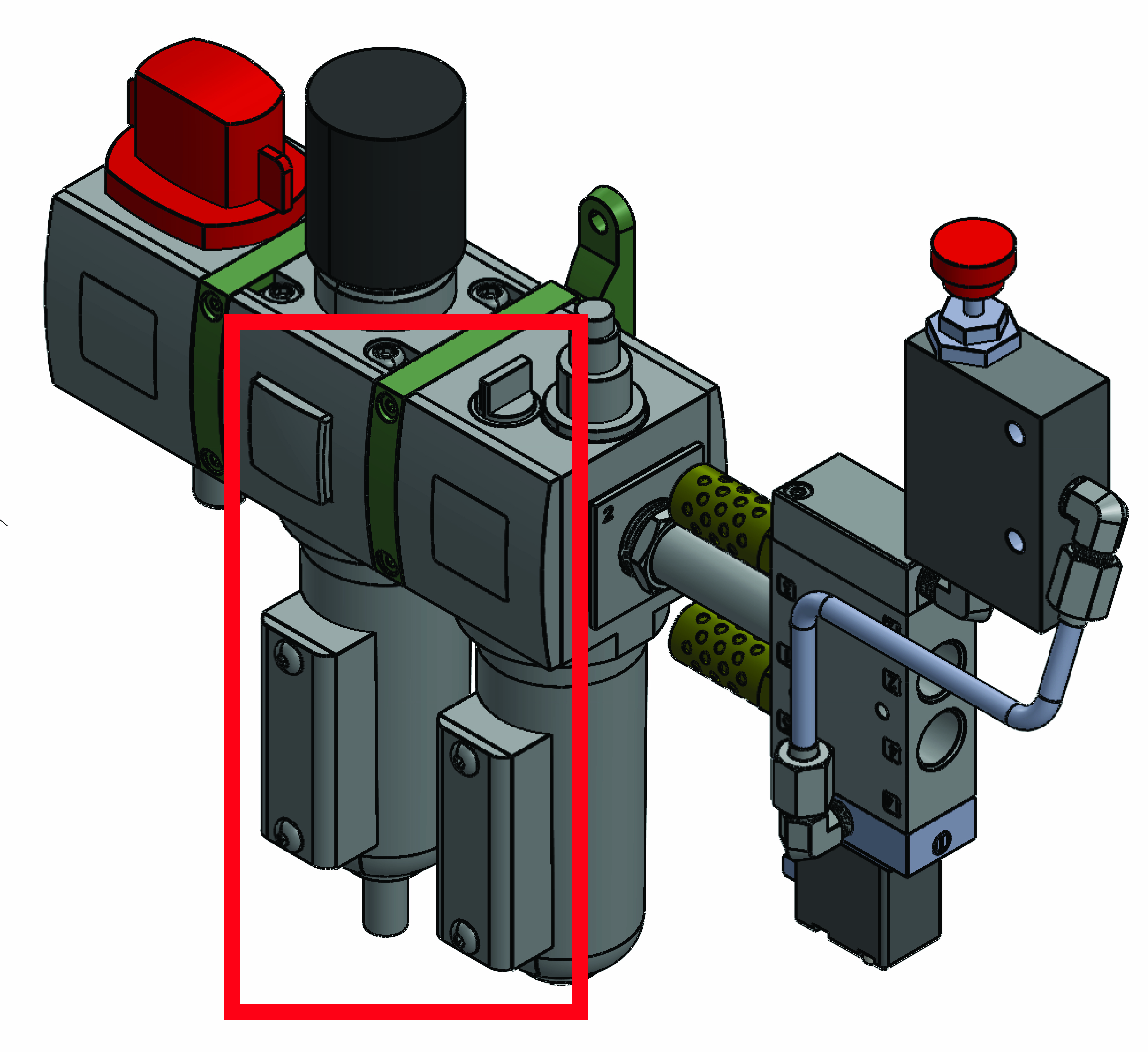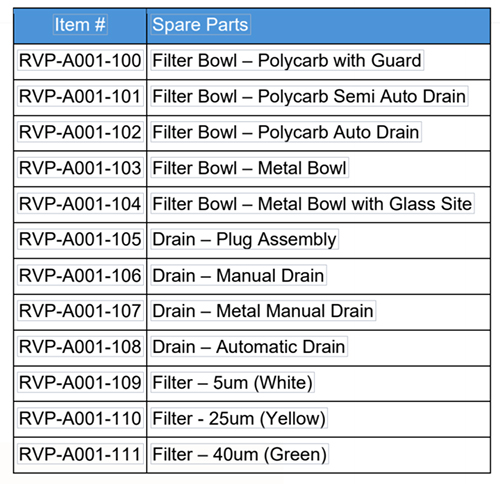Air Impact Marker Air Preparation
The importance of good compressed air supply.
Air impact markers require a larger and more instantaneous air flow compared to standard air cylinders because they need to deliver a high force in a very short period. This rapid burst of air creates the impact necessary for marking applications, especially in industrial environments where precision and speed are critical. Unlike typical air cylinders, which operate more gradually and can sustain a consistent flow over time, air impact markers must compress and release air quickly to achieve the desired marking force, making fficient air flow management crucial for their performance.
Two Most Common mistakes when preparing an air circuit for an air impact marker:
- Air Starvation
- Cycle time too long
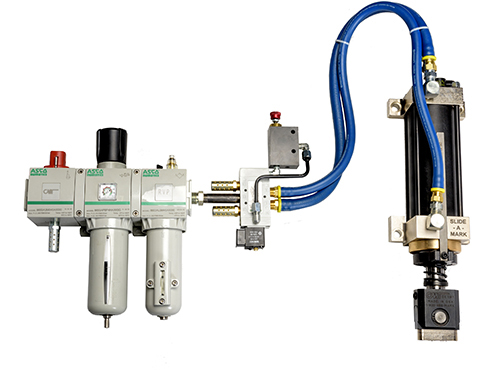
Is an Air Impact Marker the Same as an Air Cylinder?
No. Despite both using compressed air, they operate on different principles:
- Air Cylinder: Generates linear motion through air pressure and piston area, calculated by the equation F = P × A. For example, the Model 298 cylinder produces 165 lbs of force at 80 psi.
- Air Impact Marker: Operates on the principle of F = MA (Force = Mass × Acceleration). The acceleration of the rod/stamp holder generates high force output, resulting in 16,000 lbs of impact force with the same 80 psi.

